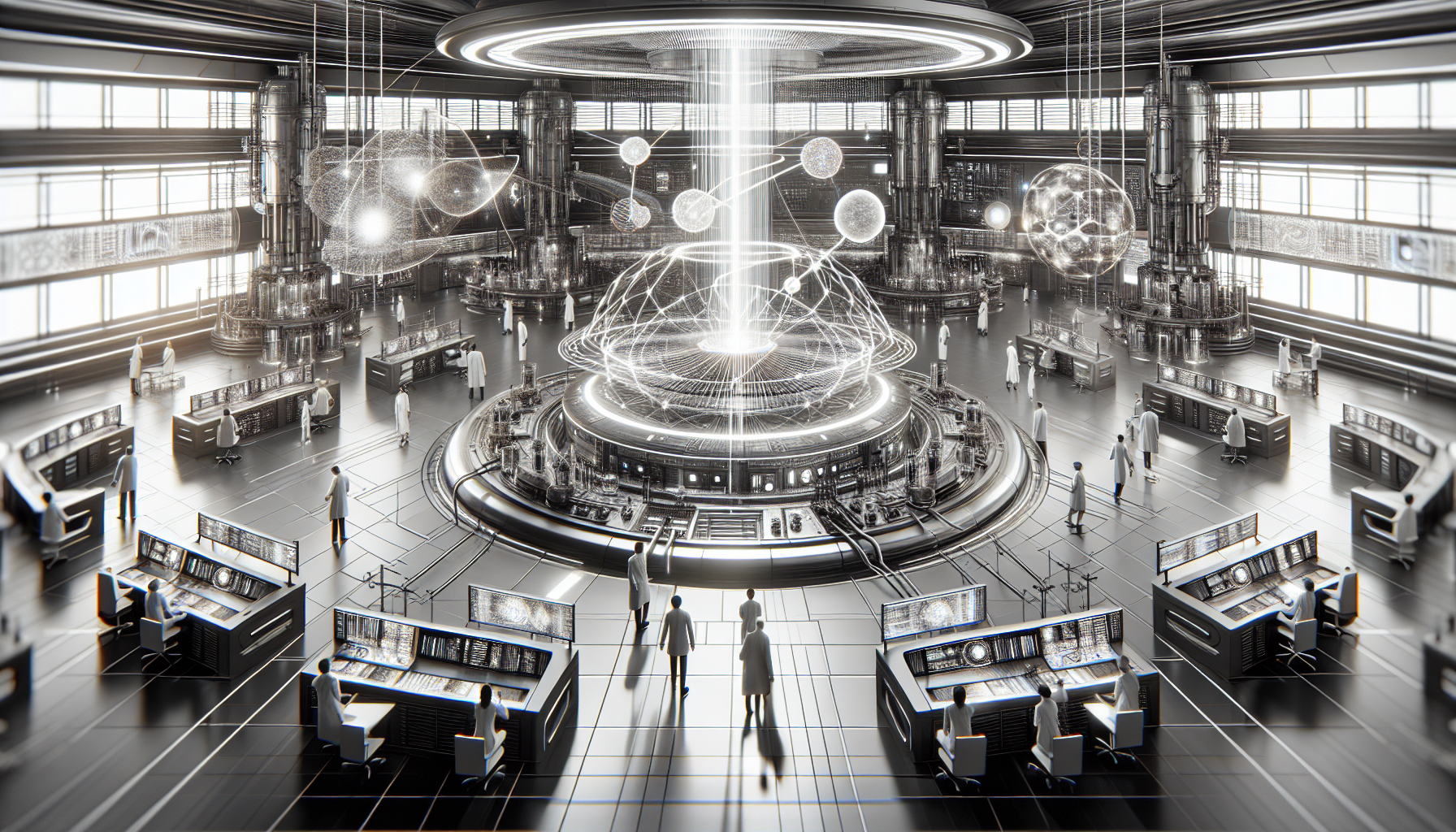The Future of Displays Just Got Brighter-and Greener
What if your next smartphone screen could be 50% more efficient, last longer on a single charge, and still look stunningly vibrant? That future may be closer than you think. Scientists at the University of Cambridge have just announced a major leap in quantum dot LED (QLED) technology, one that could reshape the way we think about screens.
Published in Nature Photonics on April 19, 2025, the study reveals a new method that boosts the external quantum efficiency of QLEDs from 20% to 30%. That's a 50% improvement-an achievement that could lead to brighter displays with significantly lower power consumption. For consumers, this means longer battery life and more sustainable devices. For the tech industry, it signals a potential shift in the display technology hierarchy.
What Makes Quantum Dots So Special?
Quantum dots are tiny semiconductor particles, just a few nanometers wide. When excited by electricity or light, they emit highly pure, tunable colors. This makes them ideal for displays, where color accuracy and brightness are key. Unlike traditional LEDs, quantum dots can be engineered to emit very specific wavelengths, resulting in richer reds, deeper blues, and more lifelike greens.
QLEDs, which use quantum dots to enhance LED backlighting, are already found in many high-end TVs. But until now, they've struggled with efficiency. Achieving high brightness often meant burning through more power-a trade-off that limited their use in battery-sensitive devices like smartphones and wearables.
The Breakthrough: Smarter Charge Injection
The Cambridge team, led by Dr. Aisha Khan, tackled a long-standing problem in QLED design: inefficient charge injection. In simple terms, getting electrons and holes (the positive counterparts to electrons) to meet and emit light inside a quantum dot is harder than it sounds. Energy is often lost in the process, reducing overall efficiency.
To fix this, the researchers developed a new hybrid layer that combines organic and inorganic materials. This layer acts like a traffic controller, guiding charges more precisely into the quantum dots. The result? Less energy wasted, more light produced. In lab tests, this approach increased light output by 30% and cut power usage by up to 25% in simulated real-world conditions.
Why This Matters for Your Devices
Imagine a smartwatch that lasts two days instead of one. Or a TV that delivers cinema-quality visuals while using less electricity. These are the kinds of improvements this breakthrough could enable. And it's not just about convenience-lower power consumption also means less heat, longer component life, and a smaller environmental footprint.
Dr. Mark Liu, a display analyst at TechTrend Innovations, believes the implications are far-reaching. "This could accelerate QLED adoption in everything from AR glasses to massive outdoor displays," he said. "It's a rare case where performance and sustainability go hand in hand."
Challenges Ahead: From Lab to Living Room
Of course, not every lab success makes it to store shelves. Dr. Elena Torres, a materials scientist at MIT, points out that scaling this technology for mass production won't be easy. "Uniformity is a big issue," she explained. "You need every pixel on a screen to behave the same way, and that's hard to guarantee with new materials."
Still, the Cambridge team is already working with major industry players, including Samsung and LG, to explore commercial applications. If all goes well, we could see the first devices using this technology within the next 18 to 24 months.
OLED vs QLED: A New Contender Emerges
For years, OLED has been the gold standard in premium displays, thanks to its deep blacks and flexible form factors. But it comes with drawbacks-burn-in, shorter lifespan, and high production costs. QLEDs, especially with this new efficiency boost, could offer a compelling alternative. They're more stable, potentially cheaper to produce, and now, nearly as efficient.
This breakthrough doesn't just close the gap-it may flip the script. With brighter output, lower power use, and improved durability, QLEDs could soon challenge OLED's dominance in everything from smartphones to foldable laptops.
Greener Screens for a Digital World
Beyond performance, there's a bigger story here: sustainability. As global energy demands rise and climate concerns grow, every watt saved matters. Displays are among the most power-hungry components in modern electronics. Making them more efficient isn't just good engineering-it's good stewardship.
By cutting energy use without sacrificing quality, this QLED innovation aligns with broader environmental goals. It's a rare win-win: better tech, smaller footprint.
In a world where screens are everywhere, from your wrist to your wall, even small improvements can ripple out in big ways. And sometimes, the tiniest particles-like quantum dots-can light the way forward.
